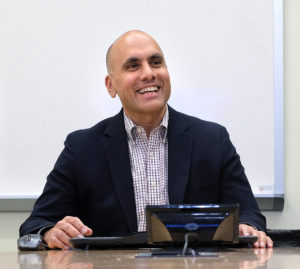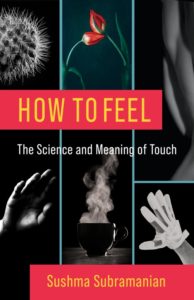
Assistant Professor of Communication Sushma Subramanian
Assistant Professor of Journalism Sushma Subramanian penned an article in The Guardian entitled, “U.S. cities are suffocating in the heat. Now they want retribution.”
For years, an elderly man stood as a regular fixture around his East Baltimore neighborhood for the way he would wander the streets in the summer, trying to stay outside his sweltering home until nightfall.
This man, who suffers from dementia, lived in a row house that shared side walls with its neighboring homes. With windows only in the front and back, there was little air flow, which trapped the heat inside. It’s not unusual for the upper floors in such homes to be several degrees hotter than the temperature outdoors.
During a nearly two-week heat wave that swept through the city in July 2019, Cynthia Brooks, executive director of the Bea Gaddy Family Center, a local non-profit that provides food and other services for the poor and homeless, noticed she hadn’t seen the man for a while. Finally, on one of the “code red” days – when the forecasted heat index is expected to be at 105F (40.56C) or higher – he stumbled out of his house, looking disoriented. No one knows how long he had been sitting inside, alone, without a fan or air conditioning.
This man had no one to call – no family was around, and alerting emergency responders could have led to a hefty medical bill. Brooks dropped everything and took him to nearby Johns Hopkins hospital, where he was diagnosed with heatstroke and given treatment. After that incident, Brooks became his legal custodian. He currently lives in a senior home nearby, and she makes his treatment decisions.
This man represents the population in Baltimore most likely to face the personal impacts of the climate crisis. Around the country, global heating is increasing the frequency, intensity and duration of summer heat waves. The recent triple-digit temperatures across the Pacific north-west, where air conditioning in homes isn’t common, highlight the real-world hardships caused by extreme heat exposure and how the elderly and homeless suffer disproportionately from physical discomfort and worse health outcomes. Read more.





